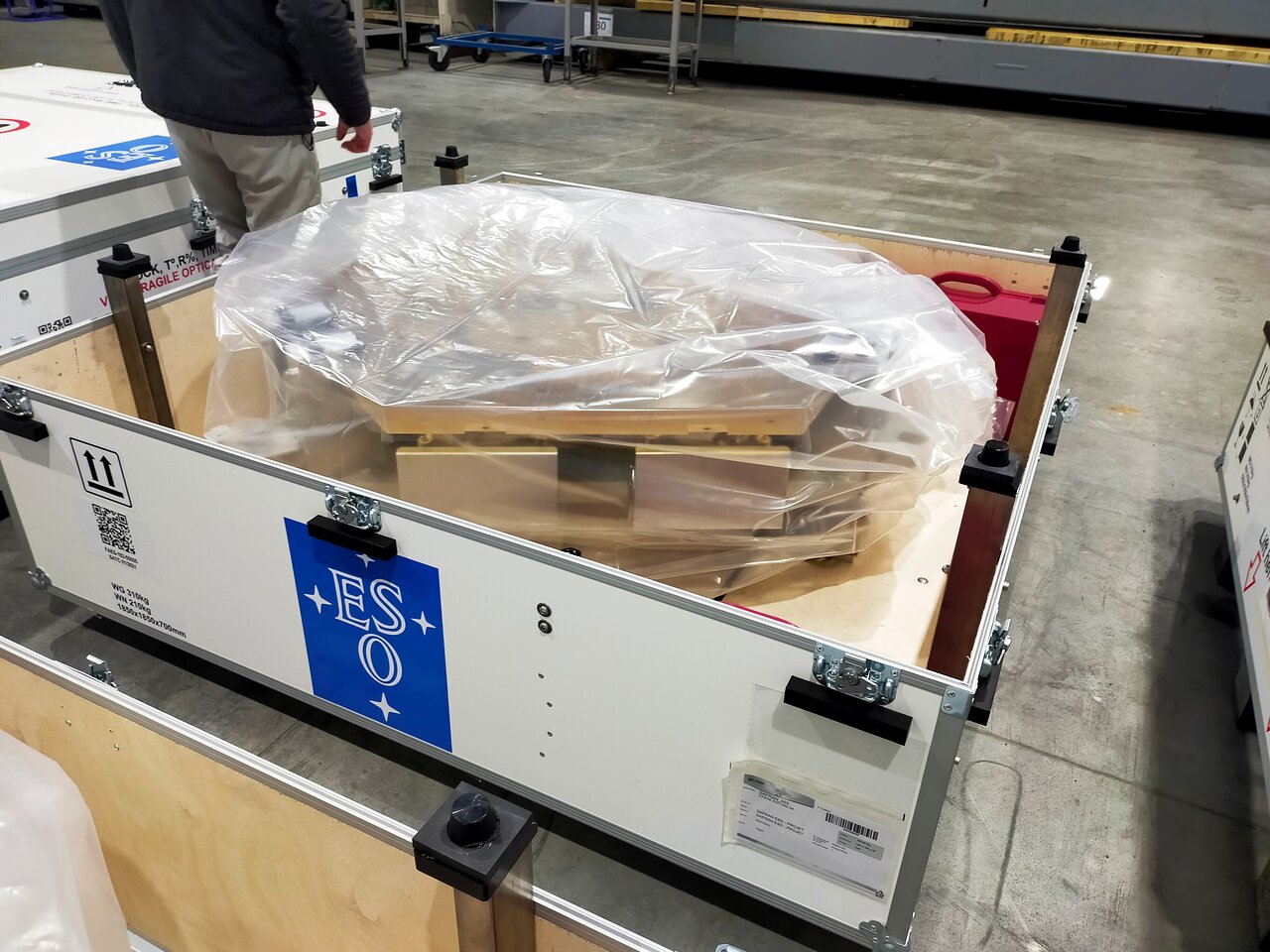The construction of the Extremely Large Telescope (ELT) has reached an important milestone. The first 18 fragments of its main mirror were delivered to Chile. This is stated in a message published on the website of the European Southern Observatory.

Construction of the ELT began in 2019. It will become the largest ground-based astronomical instrument on Earth that conducts research in the optical range. Its central component is a giant rotating dome 80 m high and weighing 6100 tonnes. Inside it will be a 39-metre mirror, which will allow the ELT to collect 100 million times more light than the human eye and 13 times more than the largest optical telescopes in operation.
Since it is impossible to manufacture such a large mirror as a single piece, it will be assembled from 798 separate hexagonal elements. Their production is being carried out in Europe, with companies from different countries taking part in the process. The segments themselves were manufactured by the German company SCHOTT and then delivered to Safran Reosc in France for polishing. The company has managed to ensure that the mirrors have a roughness of less than 10 nanometres (less than one thousandth the width of a human hair). To achieve this level, Safran Reosc used the ion beam treatment method, during which a beam of ions scans the surface of the mirror and removes irregularities, atom by atom.
So far, only 18 mirror segments have been delivered to Chile, but this is just the beginning. On 1 November 2023, the 100th segment came off the production line. Currently, Safran Reosc has reached a production rate of more than four segments per week, and is expected to reach five segments per week in the near future.
This year, ELT construction exceeded the 50% completion mark. The telescope is expected to see its first light in 2028.
Based on materials from https://www.eso.org

